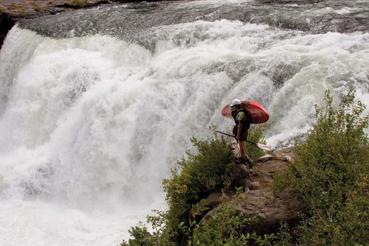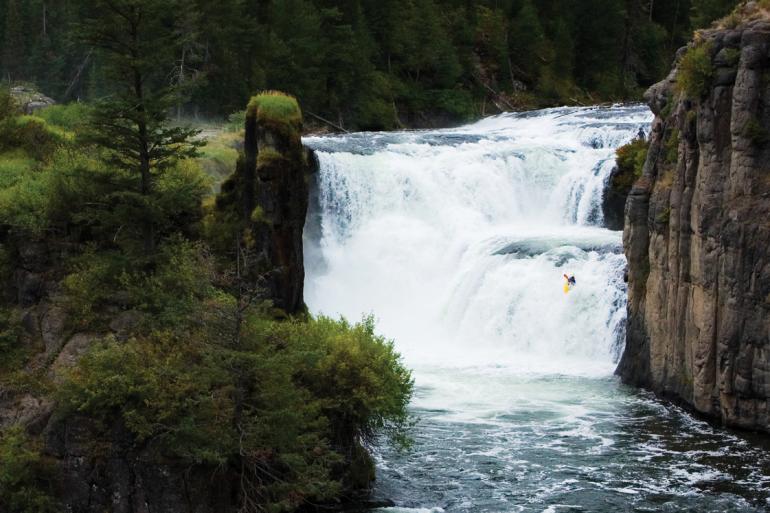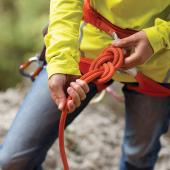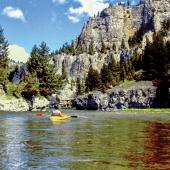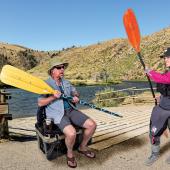Water on the Brain
You’ve run shuttle and you’re sliding into your boat at the put-in. The water level is about what you expected and you can see the entry to the first rapid, remembering that you need to start left and then cut right after the big hole.
You feel confident and quickly get on the water so you can experience some time in the “zone.” Researchers refer to the mental zone, where everything happens automatically and instinctively, as a state of “flow.” In whitewater kayaking, this means a heightened focus on the river around you as thoughts of everything else in your life are edged out, leaving you wholly in the present on the river.
But the unexpected sometimes happens. How do you quickly recover to avoid disasters and make more flow moments more likely? Margaret Dupee, Canadian psychophysiologist for several Olympian paddlers, recently told me that her athletes have a well-rehearsed mental plan such that obstacles to performance actually become cues to becoming more present in the moment (rather than drowning in fear). Flow experiences tend to be short-lived, but routines such as these can condition instances of potential trouble into triggers for success.
Physiologically, when people are panicked, their average heart rates tend to elevate and also flatten (meaning there is less variability from highest heart rate to lowest). But when people are calmer, their average heart rates tend to decrease and become less variable. In the panicked state, attention tends to narrow—often toward something far less germane to the task at hand. When people are in a calmer state and experiencing better heart-rate variability, their attention is more flexible, zooming in and widening as needed. Research with police and pilots shows that this kind of situational awareness leads to better decision-making under pressure.
But in whitewater kayaking, the most important thing to maintain is situational awareness: a mindful appreciation of what is most relevant right here, right now. It doesn’t guarantee flow, but it does make flow more likely. In turn, it not only keeps a paddler safer, but it can also make the experience intrinsically more enjoyable.
“It’s really important to not dwell on the ‘plan’ of five seconds ago—or the fact that that is no longer the ‘plan,’” one paddler tells me. “I think of really good paddlers not only as folks who are exactly in the spot on the river they need to be, but those who quickly let go of where they had planned to be and address the new situation in the best way.”
Here are some ways paddlers can stay more mentally flexible in the face of obstacles:
1. Mentally rehearse not just what goes right, but how to recover from the unexpected.
2. Practice—in your head and on the water—routines for calming your mind and body.
3. While paddling, notice when you are amped or feeling calm; don’t judge it, just notice it.
4. Employ long exhales (twice as long as your inhale) whenever possible.
5. Calm your mind by embracing empowering cue words/phrases or visual/kinesthetic images to shift focus toward the process and away from less-desirable scenarios.
Tim Herzog (reachingahead.com) recently completed his doctorate in counseling psychology, with a dissertation on sailing and mental imagery. He does psychotherapy work and peak-performance consultation with athletes and others.

